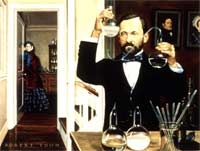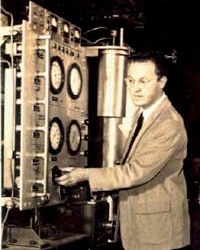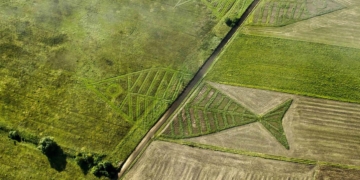The emergence of modern helmets originated from an incident on the battlefield during World War I. Amidst fierce fighting, witnessing comrades fall one by one under German artillery fire, a French soldier panicked and directly placed a cooking pot on his head, miraculously escaping death.
Subsequently, the French army believed that the pot had helped him block a significant number of shrapnel and bomb fragments. French General Adrian conceived the idea of equipping each French soldier with such a “iron pot” on their heads, and thus, the steel helmet was born.
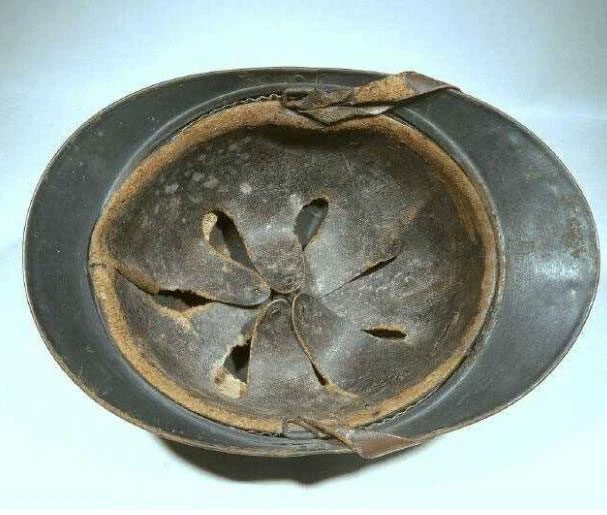
The improved helmet with an inner lining. (Source: Kknews).
Although the first steel helmets were relatively simple, consisting of just a metal shell lined with leather, they proved effective immediately: on the battlefield of the subsequent battles, the casualty rate of French soldiers equipped with steel helmets decreased by 5%.
By 1939, each major power had its distinctive steel helmets, such as the British MK2 helmet, the German M35 helmet, and the American M1 helmet.
During World War II, steel helmets played a crucial role in “reducing combat casualties.” According to U.S. military statistics, at least 70,000 American soldiers were saved due to wearing steel helmets.
Since World War II, as an essential piece of equipment on the battlefield, the steel helmet has evolved from a mere “metal shell” to incorporate “special steel,” “reinforced nylon,” and “composite fibers.”
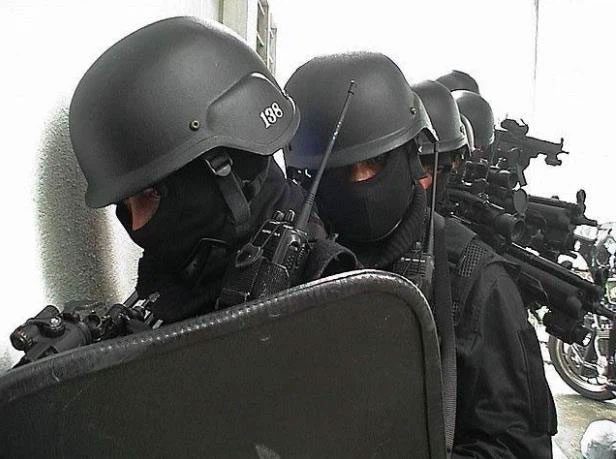
PASGT helmet – a modern bulletproof helmet. (Source: Kknews).
Modern helmets are becoming increasingly lightweight. Their protective capabilities are growing stronger, and their role is not just to deflect shrapnel but also to protect the eyes and ears of soldiers during combat.









































